The Ghost of the Andes

High in the rugged peaks of South America lurks one of the world’s most elusive cats. The Andean mountain cat moves like a shadow across rocky terrain, its thick coat rippling in the harsh mountain winds. This phantom feline has earned its ghostly reputation through decades of avoiding human contact.
Scientists estimate fewer than 2,800 of these cats exist in the wild today. Their secretive nature makes them nearly impossible to study, leaving researchers scrambling for glimpses of this mysterious predator. When local shepherds speak of the sacred cat spirits in hushed tones, they’re likely referring to these remarkable hunters.
A Coat Built for Survival

The Andean mountain cat’s fur tells the story of evolutionary perfection. Dense, ash-gray pelage spotted with dark rosettes provides camouflage against granite cliff faces. This luxurious coat grows thicker during winter months, creating a natural parka that shields against sub-zero temperatures.
Each hair follicle produces multiple strands, creating an insulation system that rivals the finest outdoor gear. The distinctive black rings around their legs and tail tip aren’t just decorative – they help break up the cat’s outline when hunting among the shadows. This natural camouflage makes them virtually invisible to both prey and photographers.
The Mighty Tail That Defies Logic

If you’ve ever wondered what a cat’s tail was truly capable of, the Andean mountain cat provides the answer. Their tail measures roughly 70% of their body length, making it proportionally longer than any other wild cat species. This isn’t just for show – it’s a sophisticated balancing tool.
When leaping between rocky outcrops or navigating narrow ledges, the tail acts like a tightrope walker’s pole. The thick fur adds weight and stability, while the flexible vertebrae allow for precise adjustments mid-jump. Local folklore describes these cats as having magical tails that can wrap around the wind itself.
Masters of Vertical Hunting
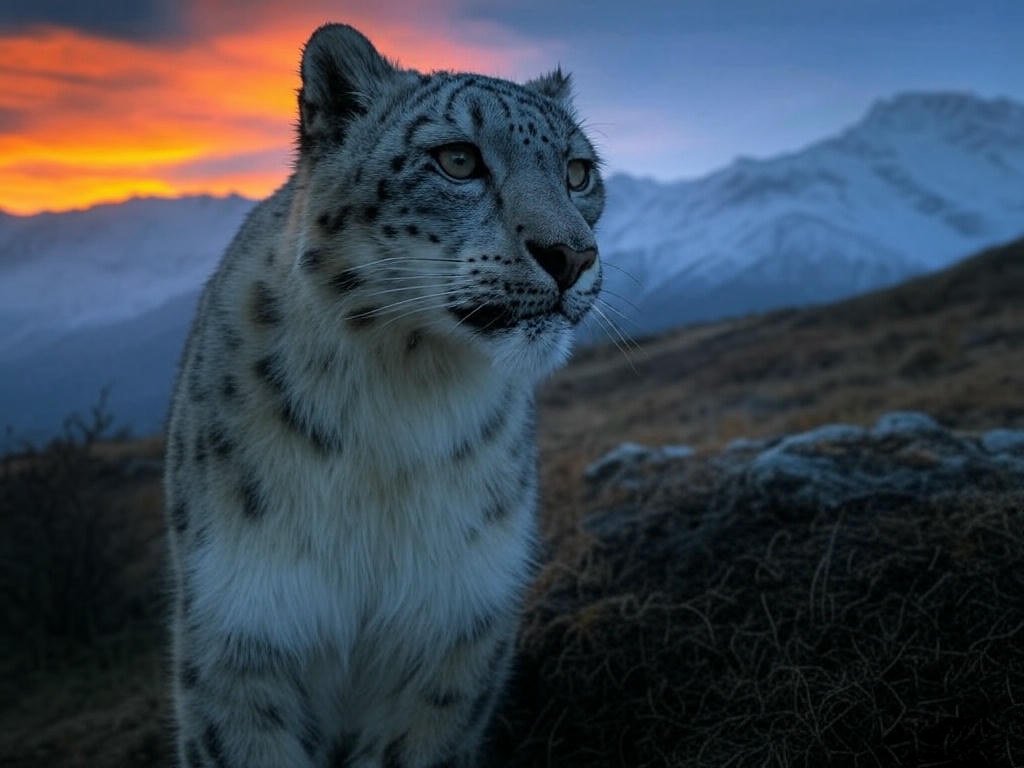
Forget everything you know about typical cat hunting behavior. Andean mountain cats have transformed the art of predation into a vertical dance. They scale seemingly impossible cliff faces with the confidence of experienced mountain climbers, using their powerful hind legs to launch themselves between rocky platforms.
Their primary prey, viscachas, are rabbit-like creatures that live in rock crevices. These cats can leap up to 10 feet horizontally and 6 feet vertically to catch their meals. The hunt resembles a carefully choreographed ballet performed on nature’s most challenging stage.
Sacred Guardians of Ancient Cultures
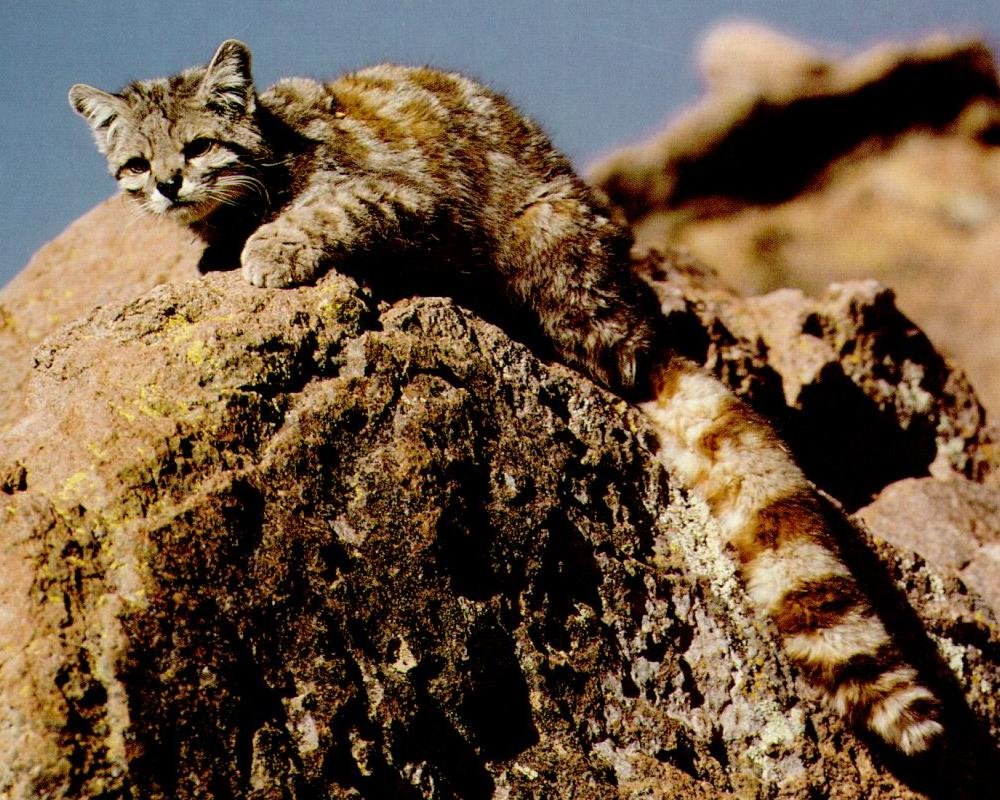
Long before European explorers set foot in South America, indigenous peoples revered the Andean mountain cat as a sacred guardian. The Quechua people called them “titi” and believed they controlled the weather patterns of the high mountains. Shamans would invoke their spirit during ceremonies for successful hunts and protection from avalanches.
Ancient petroglyphs and textiles feature stylized images of these cats, often depicted with exaggerated tails and fierce expressions. Some tribes believed that killing an Andean mountain cat would bring seven years of bad weather to their village. This spiritual protection may have helped preserve the species through centuries of human expansion.
The Altitude Champions
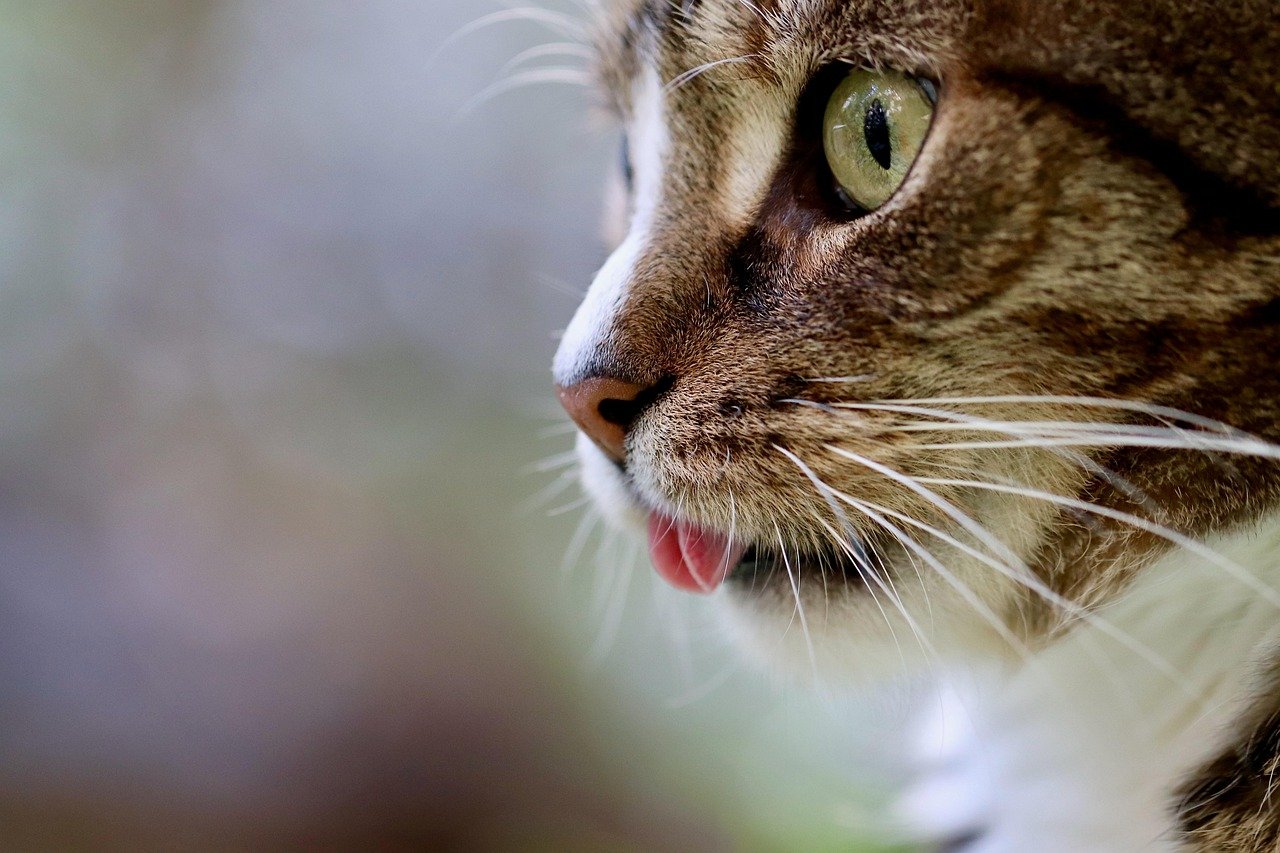
While most cats prefer comfortable ground-level living, Andean mountain cats have claimed the sky as their kingdom. They thrive at elevations between 9,800 and 16,400 feet, where the air is thin and temperatures plummet. Their enlarged lungs and efficient circulatory system allow them to hunt effectively where humans struggle to breathe.
These high-altitude adaptations include increased red blood cell production and modified hemoglobin that captures oxygen more efficiently. They can sprint across scree fields at 14,000 feet without breaking stride. Mountain climbers often report mysterious paw prints in the snow at elevations where no earthbound creature should survive.
Night Vision Beyond Belief
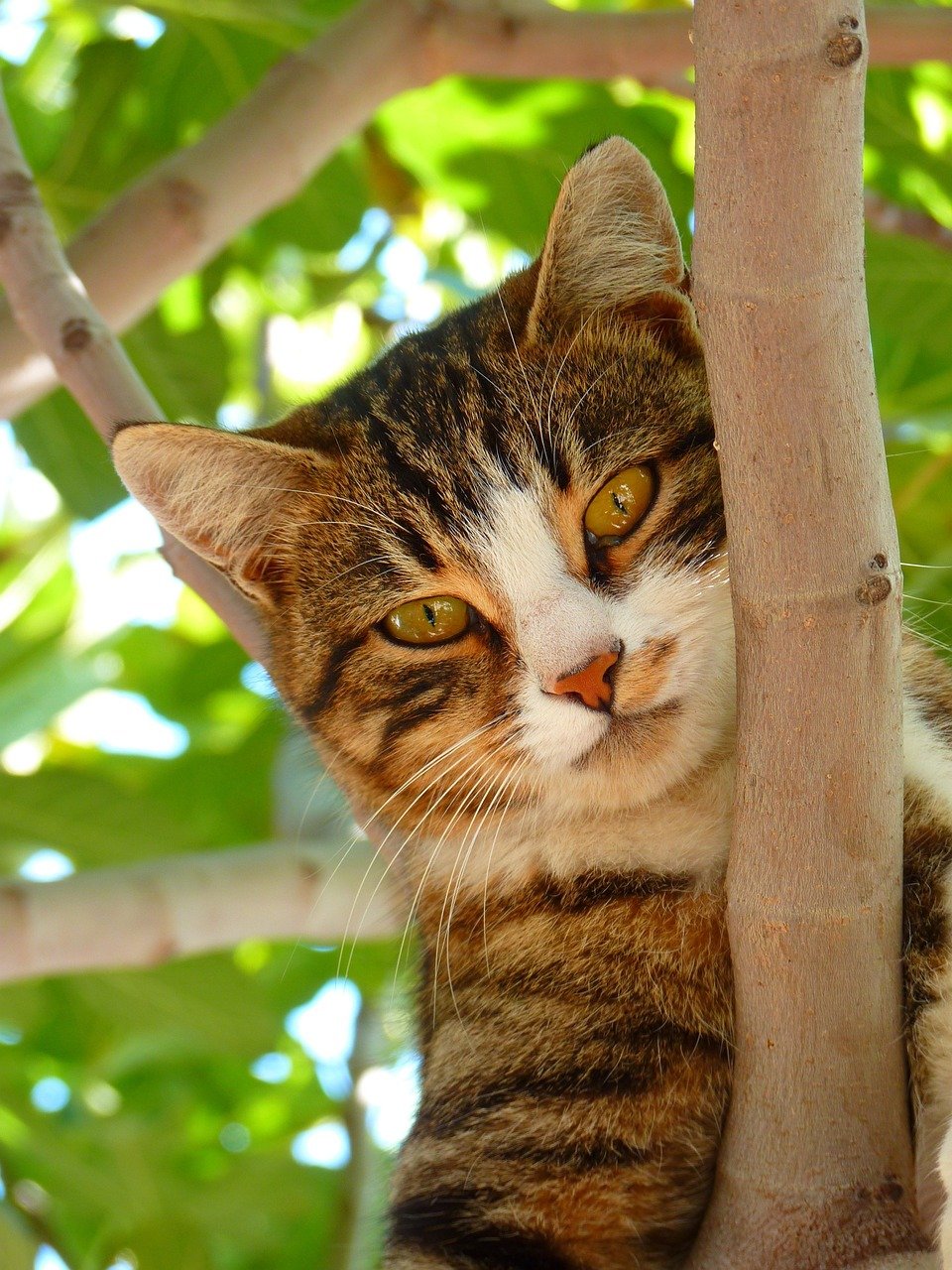
The Andean mountain cat’s eyes are evolutionary marvels designed for extreme low-light conditions. Their pupils dilate to nearly twice the size of domestic cats, capturing every photon of available moonlight and starlight. The reflective layer behind their retinas amplifies incoming light, creating an almost supernatural night vision capability.
During the new moon phase, when visibility drops to near zero, these cats continue hunting with remarkable success. Their eyes glow like amber lanterns in the darkness, leading to local legends about mountain spirits that watch over travelers. This superior vision gives them a decisive advantage over prey species that rely on daylight activity.
The Viscacha Connection

The fate of the Andean mountain cat is intimately tied to small, rabbit-like rodents called viscachas. These chunky creatures make up roughly 80% of the cat’s diet, creating a predator-prey relationship that has evolved over thousands of years. Viscachas live in colonies within rock crevices, forming the perfect hunting ground for these skilled climbers.
When viscacha populations decline due to habitat loss or climate change, Andean mountain cats face immediate starvation. This specialized diet makes them particularly vulnerable to ecosystem disruptions. Unlike other cats that can switch between various prey species, these mountain hunters have put all their evolutionary eggs in one basket.
Seasonal Wanderers

As seasons change in the high Andes, so does the behavior of these remarkable cats. During harsh winter months, they descend to lower elevations where temperatures are slightly more forgiving and prey remains active. Summer brings them back to the highest peaks, following the seasonal migrations of their preferred food sources.
These seasonal movements can span hundreds of miles, with individual cats maintaining territories that stretch across multiple climate zones. Radio collar studies have revealed that some cats travel over 25 miles in a single night, navigating treacherous terrain with seemingly effortless grace. Their internal GPS system appears to be calibrated for three-dimensional mountain navigation.
Camera Trap Revelations

Until recently, most knowledge about Andean mountain cats came from occasional sightings and local folklore. Modern camera trap technology has finally begun to unveil their secret lives, capturing images that reveal surprising behaviors and social interactions. These motion-activated cameras have documented cats playing, grooming, and even what appears to be complex territorial negotiations.
The footage shows cats using specific rocks as scent-marking stations, creating an invisible communication network across the mountains. Some individuals have been photographed returning to the same hunting spots repeatedly, suggesting they maintain detailed mental maps of their territory. These technological insights are revolutionizing our understanding of their daily routines.
Conservation Against All Odds

Protecting a species that lives in some of Earth’s most remote locations presents unique challenges. Traditional conservation methods often fail in the extreme environments where Andean mountain cats make their homes. Local communities have become the unlikely heroes in conservation efforts, using their intimate knowledge of mountain terrain to assist researchers.
Mining operations and climate change pose the greatest threats to their survival. As glaciers retreat and weather patterns shift, the delicate ecosystem balance that supports viscacha populations begins to collapse. Conservation groups are working with governments across Argentina, Bolivia, Chile, and Peru to establish protected corridors that connect fragmented habitats.
The DNA Mystery

Genetic analysis has revealed that Andean mountain cats are more closely related to pampas cats than to other mountain-dwelling felines. This evolutionary relationship suggests they may have adapted to high-altitude living relatively recently in geological terms. Their genetic diversity is surprisingly low, indicating the population has survived several bottleneck events.
Scientists have discovered unique genetic markers that help these cats process oxygen more efficiently and maintain body temperature in extreme cold. Some researchers believe studying their genetic adaptations could provide insights for human high-altitude medicine. The small population size makes every individual genetically precious for the species’ long-term survival.
Tracking the Untraceable

Following an Andean mountain cat through its natural habitat requires skills that would challenge even the most experienced trackers. Their soft paw pads leave minimal impressions on rocky surfaces, and their careful gait rarely disturbs loose stones. When tracks are found, they often lead to seemingly impossible cliff faces where pursuit becomes futile.
Modern tracking technology has struggled to keep up with these elusive cats. GPS collars frequently fail in extreme weather conditions, and satellite coverage can be spotty in deep mountain valleys. Researchers have resorted to combining traditional tracking methods with cutting-edge technology, often relying on indigenous guides who possess generational knowledge of cat behavior.
The Future of a Mountain Legend

Climate change is reshaping the Andean landscape faster than these cats can adapt. Rising temperatures are pushing their prey species to higher elevations, while human development blocks traditional migration routes. The window for effective conservation action is rapidly closing, making every research effort and protection measure critically important.
Hope lies in the growing awareness of local communities and the dedication of international conservation organizations. Young people in mountain villages are becoming citizen scientists, reporting sightings and protecting critical habitat areas. The sacred status of these cats in indigenous cultures continues to provide spiritual motivation for their protection.
Conclusion
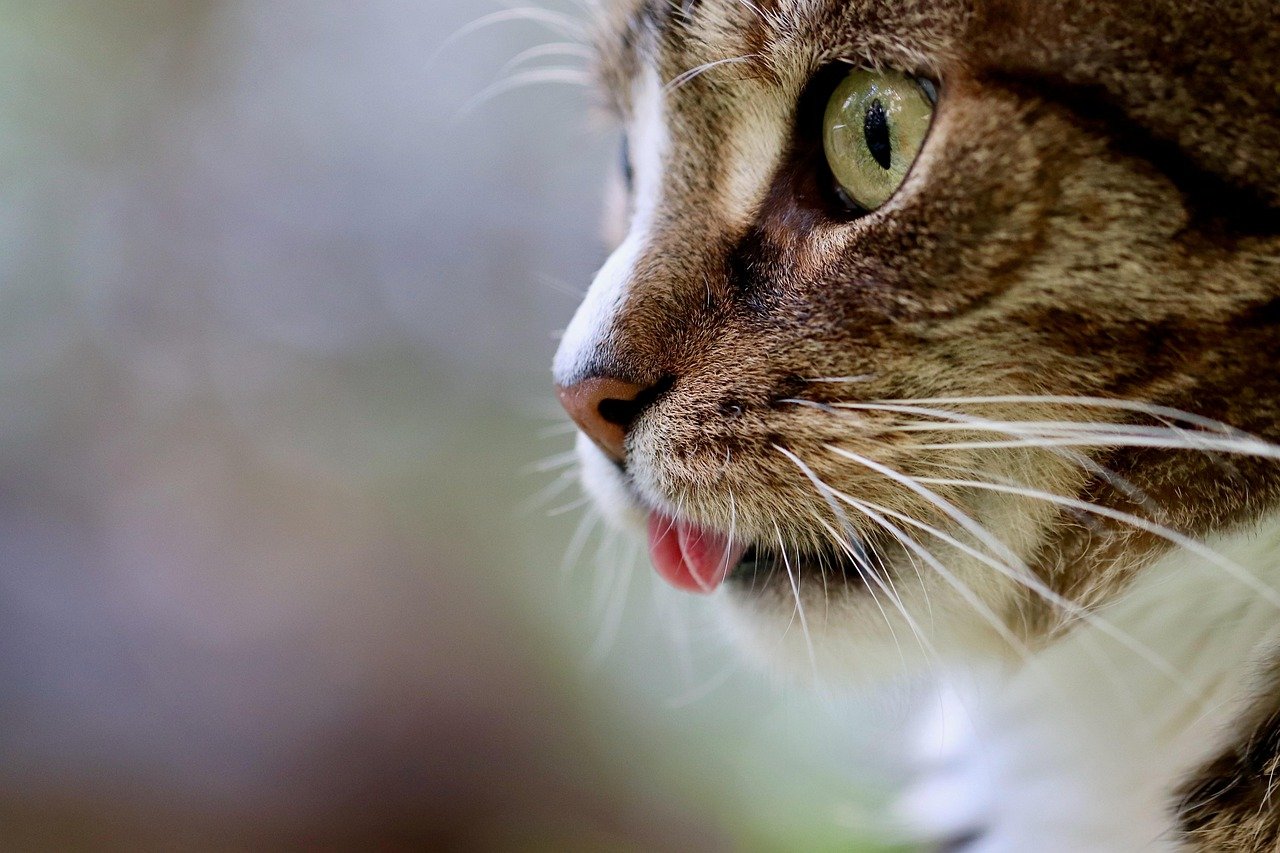
The Andean mountain cat represents nature’s ability to adapt and survive in the most challenging environments on Earth. These remarkable felines have mastered the art of living on the edge – literally and figuratively. Their story reminds us that some of our planet’s most extraordinary creatures remain hidden in plain sight, waiting for us to slow down and truly see them.
As we face an uncertain future for biodiversity, the Andean mountain cat stands as both a symbol of resilience and a call to action. Their survival depends on our willingness to protect the wild spaces that seem impossibly remote but are actually intimately connected to our own fate. Will future generations have the chance to glimpse these mountain spirits in their natural realm?
Hi, I’m Bola, a passionate writer and creative strategist with a knack for crafting compelling content that educates, inspires, and connects. Over the years, I’ve honed my skills across various writing fields, including content creation, copywriting, online course development, and video scriptwriting.
When I’m not at my desk, you’ll find me exploring new ideas, reading books, or brainstorming creative ways to solve challenges. I believe that words have the power to transform, and I’m here to help you leverage that power for success.
Thanks for stopping by, Keep coming to this website to checkout new articles form me. You’d always love it!






